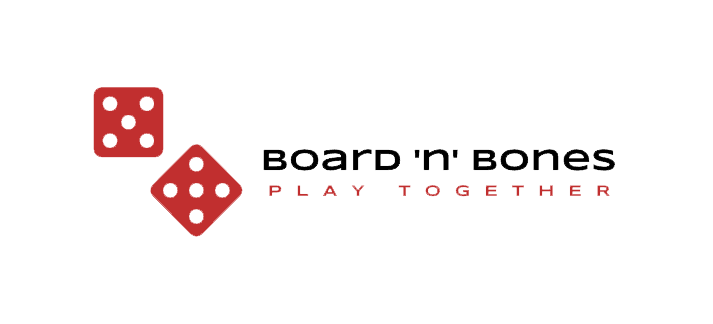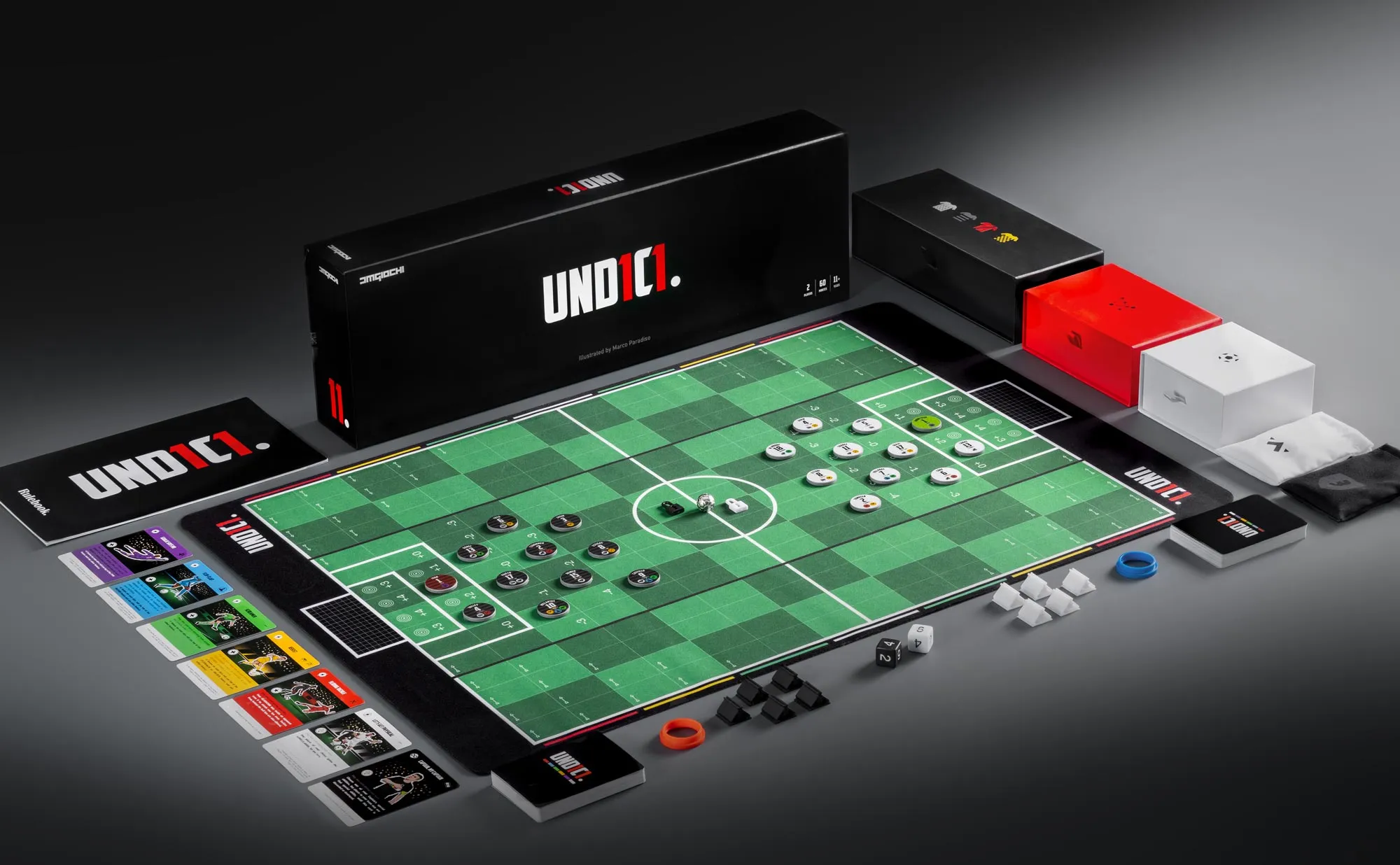Table of Contents
Und1c1 has been on my radar since the Kickstarter launched, I sent many emails to the creators asking for information, news, press access to pre-release games and anything that would bring me closer to this very review.
However, I never received a single reply, this bothered me so much that I removed my backing for the Kickstarter. I have been burned before and not even getting a rejection was a red flag for me.
Now I should preface this review with a backstory, so you understand how I come about the games I review.
Firstly, if I do not want a divorce, I will severely restrict my board game spending habits.
Secondly, if I do not want a divorce, I will stop buying new games without first getting rid of the older games.
This means that unless a company chooses to send me a game it is highly unlikely that I will be able to review that title unless I can choose to get rid of an old game and then spend a very small amount of additional money on a new game.
I like my games, I do not want to sell any games I like, only to replace them with a game I may not, so, like any reasonable married adult who should be able to do what he wants, I moved my games collection to my parent’s house, set up a second, secret bank account with which to purchase games from and ordered Und1c1 directly from the Und1c1 website.
Enough preamble about how I ended up with a copy of Und1c1, let me get on with telling you about it.
When Un1c1 arrived my son and I were very excited to play and I promised I would wait for him before opening the box. The box arrived at 09:09hrs and sat staring at me all day until he got home from school at 15:40hrs.
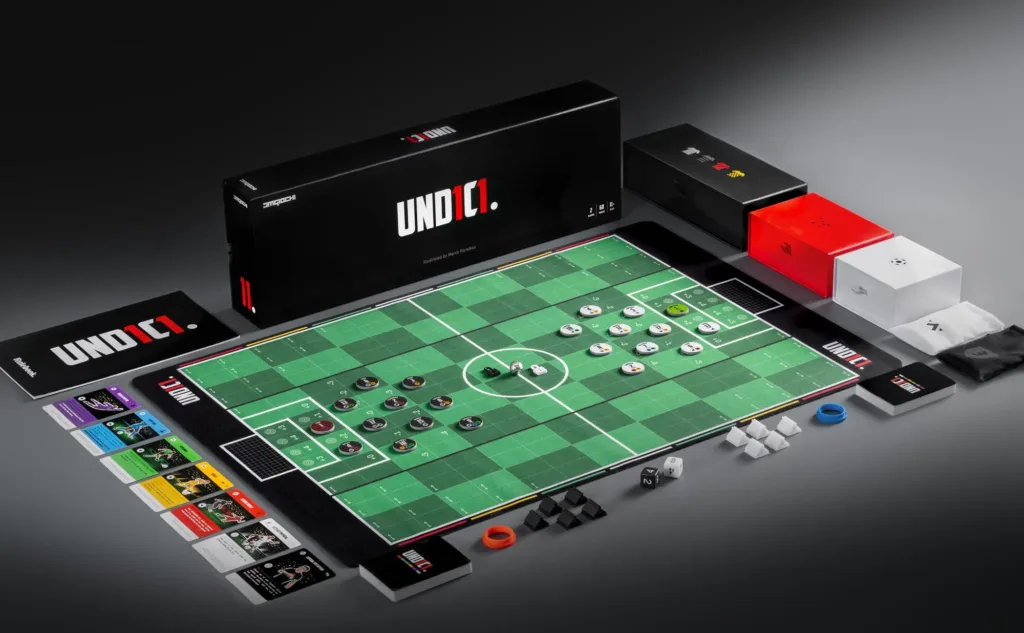
Components
The first thing you will notice about Und1c1 is the thought behind the design. Within the long, black, magnetically sealed outer box you will find three smaller boxes, they are high quality and the Red box contains two decks of player cards. These are white and black strategy decks.
The second, slightly smaller white box holds two sets of trays for draughting teams, a captain ring for each team (one red one blue), a small but heavy, metal football which is flat on one side so it can sit on your player chips and two padlocks, one black and one white and two dice, one black and one white.
The third, larger black box contains four high-quality drawstring bags that hold the team chips. The chips are heavy (around 5g each) and are made from either some sort of weighted plastic or clay, I cannot tell for sure, but they feel premium and they have home colours on one side and away colours on the other, which is your choice.
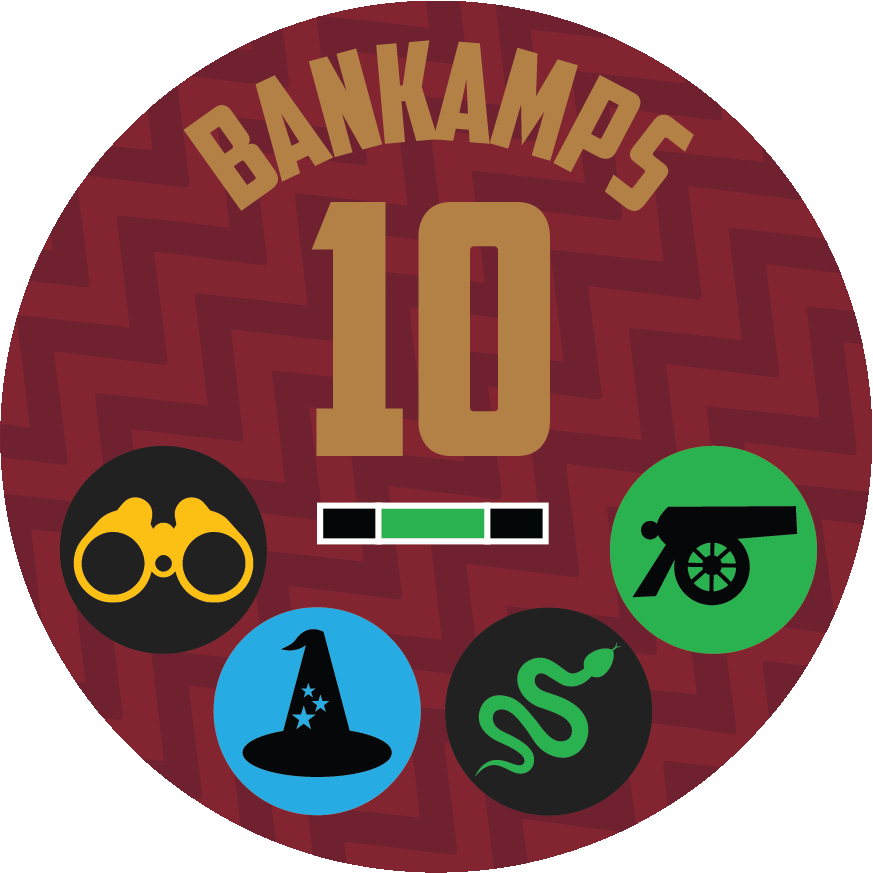
In total, there are 2 keepers and 16 outfield players in each squad but for some reason, only one of your keepers has a paw icon. More on chips and icons later.
There is the obligatory rule book and finally, there is the game board.
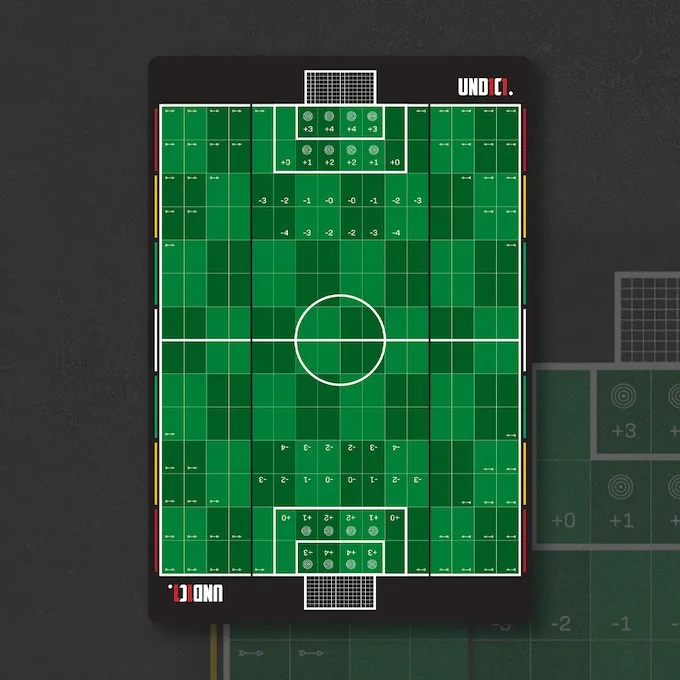
In this instance, the game board is a very well-made neoprene pitch with vibrant graphics. It doesn’t sit completely flat initially so perhaps it should have been another mm or two thicker but after a short time, it will settle.
The pitch is broken into 224 rectangles, these “boxes” are laid out in blocks of four alternating shades of green. These blocks of four boxes are called quadrants and a row of 8 quadrants is called a line. The pitch is broken vertically into thirds by dark lines. This gives you the left, centre and right sides of the pitch. The demarcation zones are important for passing and movement so keep those terms in mind for later.
Setup
Setting up Und1c1 is straightforward, but it certainly isn’t a fast process. This has nothing to do with the components or complexity of the game and everything to do with sorting out your squad.
Each player has a specific set of skills and getting the squad set up on the pitch is a complicated affair. It’s not difficult in theory but managing who you want where, what skills will work in which position and where a player wants to be played is complex enough to have you taking your time over the set-up of your team.
It doesn’t help that you can see your opponent setting up and when you see them starting a formation you naturally want to counter it to make changes which prompts their changes which prompts you to make changes and so on.
The steps for setting the game up then are to place the pitch. Each half has a red, a yellow and a green bar covering two lines of rectangles each. The chips show where a player can be placed to for kick off using a 3-bar marker called the positioning indicator, for instance, a block of red in the left section means that the player must be played in the left-back role and a full 3-bar of green means the player can play any upfront position. There are also blue and orange markers which indicate that the player can be played in either Fwd/Mid and Mid/Def positions.
I have an issue with this colour system but its a minor gripe, the colours are too small for an old man to see well enough and the green/blue, and red/orange are too similar to definitively say where a player has to be played. I keep a young person on hand for just this issue but if you only play with the aged folk, it might be worth having a magnifier with you.
Once you have decided on your team and formation you then shuffle and deal 20 cards from the strategy decks, one white deck and one black deck. You place these 20 cards near you as this deck forms your match day pile.
You take a corresponding dice and roll for kick-off. Your players should be in the kick-off position and whoever wins the dice roll will get to choose if they want to kick off. That player then moves a counter to the ball to begin play.
Un1dc1 Player Chips
So let’s get onto the player chips. In Und1c1 players are represented by the heavy weight 5g clay chips I mentioned before.
Not only do they feel very premium when you are sorting your team, but the colours chosen for the teams are fantastic.
The name, number and special abilities are easy to see but as mentioned before there is an issue with the colours used on the position indicator. I think in a future release this bar should be far larger with a contrasting distinction between the colours used.
The symbols used make it easy to understand what a player can do, and it doesn’t take many games before you don’t need to refer to the manual to see what each does to your dice roll.

Tractor +1 extra movement. If a player has a tractor icon they can be moved at the end of your turn. You can only move one player regardless of how many have tractors but we have come to find this a very useful symbol for getting behind a defender.

Gorilla. Players with the Gorilla symbol ignore the white padlock.

Rabbit Players with a Rabbit on them can move 2 spaces with the ball instead of one and 3 spaces without it instead of 2. If used in conjunction with Playmakers or Archers it’s an incredible skill.

Paw. One of your keepers has this, the other does not. It simply gives you a plus one of a saving shot or header.

Gladiator +1 to a tackle or a defence if dribbling.

Playmaker +1 to any passing roll. Vital for midfield but useful elsewhere too.

Archer +1 on a dice roll when crossing. This makes crossing to Aries, Canons and Vipers far easier.

Wizard +1 when dribbling and defending a tackle. The counter to Gladiator and as useful.

Aries +1 when heading a shot.

Viper +1 when shooting from inside the box. Not as useful as it sounds because it takes some doing to get players into the box regularly but if you can this is a guaranteed goal most of the time.

Canon +1 when taking a shot from outside the box. Awesome skill and helpful to counter the +1 on the Paw keepers.
Some ultimate superstars have a black version of a few of the symbols. These players get +2 instead of plus one.


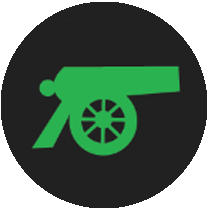




Cards
The cards are good quality and well printed. They are used to give you an edge in certain situations. You may only hold 5 at a time and once you have worked through the 20 cards in the deck the game will end.
It’s a great system and works as the game’s timekeeper without setting a specific time or turn limit.
There are several different types of cards, but all cards will either be instantaneous cards or permanent cards.
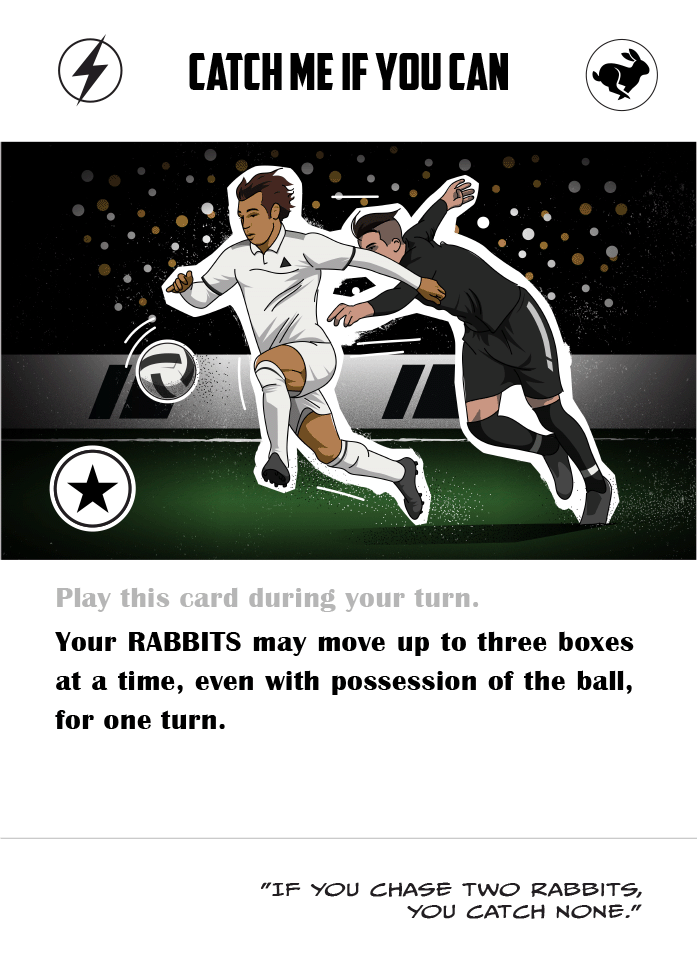
Cards with the lightening symbol like the Catch me if you can card, are played during your turn and have an instant effect. In this instance, all your players with a Rabbit symbol can move up to three spaces even with the ball and last for a single turn. The card is then discarded.
Cards with the eternity symbol like the Driving Force card are permanent. When played they stay in play and have an effect for the rest of the game, these cards are only discarded when another action calls for it. You can only have two permanent cards in play at any one time so you may also want to discard a card for something more beneficial.
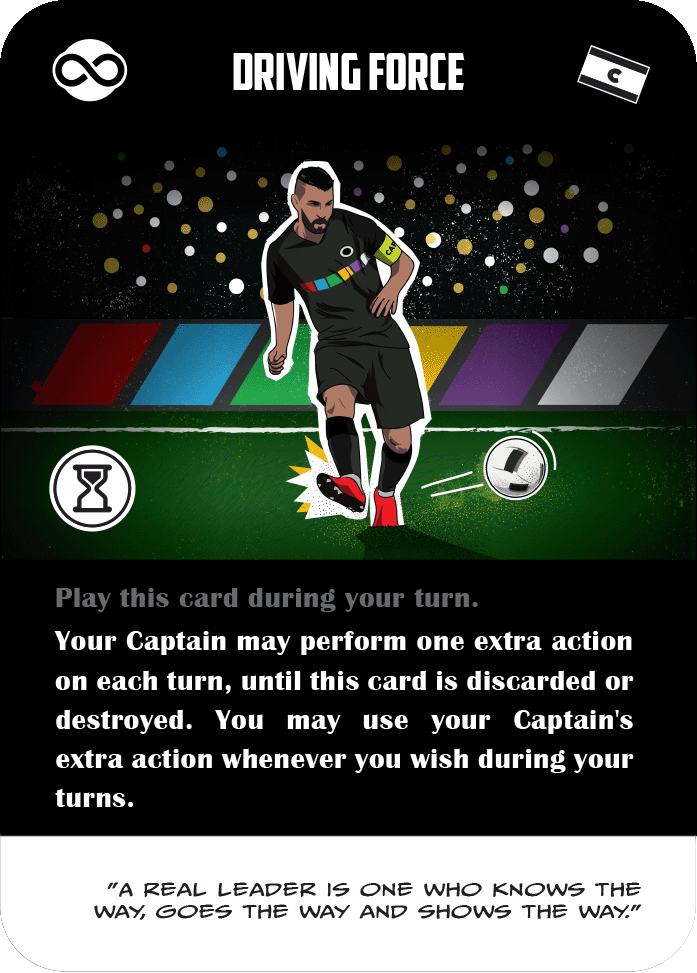
There are several colours used on the cards, for example, all Goalie cards are purple: These cards are used to influence the outcome of a shot on goal, either by saving it or by making it more difficult for the shooter.
Attacker cards are green: These cards are used to create or improve scoring chances most often by adding to a dice roll however some, like perfect execution, almost guarantee a goal.
Dribbling cards are blue: they are used to give you an advantage when trying to pass another player
Defender cards are red: These cards are used to prevent or disrupt the opponent’s attacks, either by tackling, intercepting, or fouling.
Crossing cards are yellow: They help your playmakers and archers and will help get the ball into a scoring position.
Athleticism cards are white: These cards are often used to assist movement. They usually help Rabbits, Tractors and Gorillas.
Coach cards are black: These cards are used to represent the effect of a coach or the influence of the fans on the game, either by cheering, booing, or chanting.
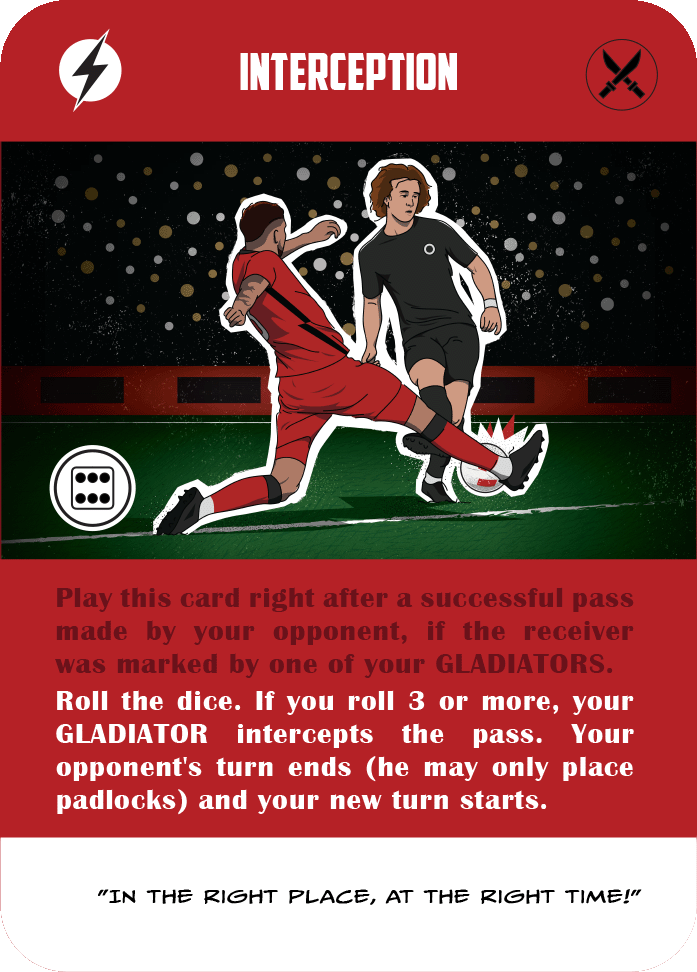
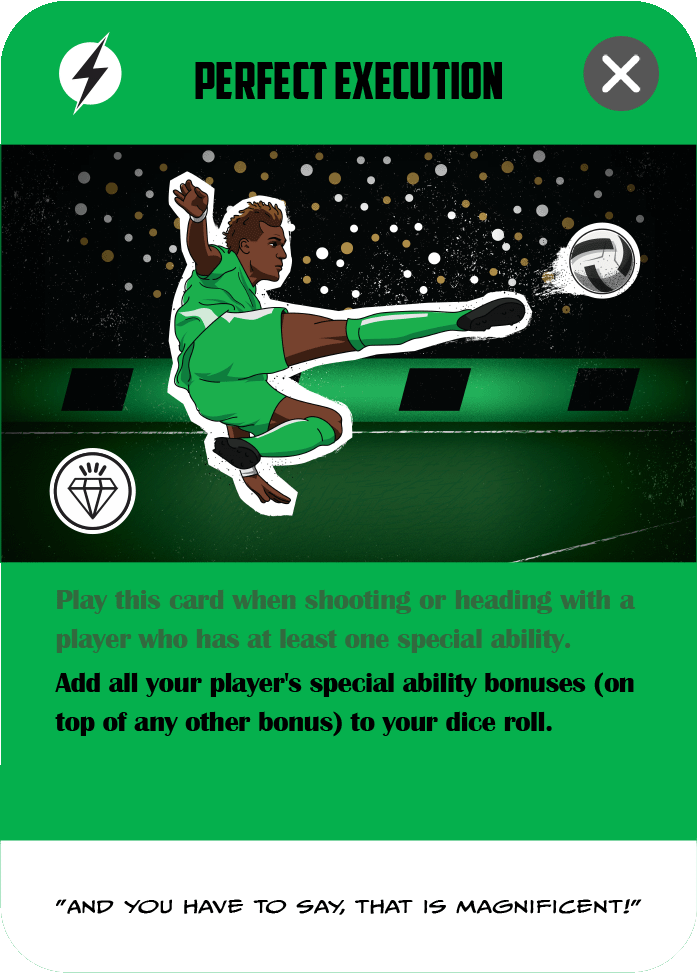
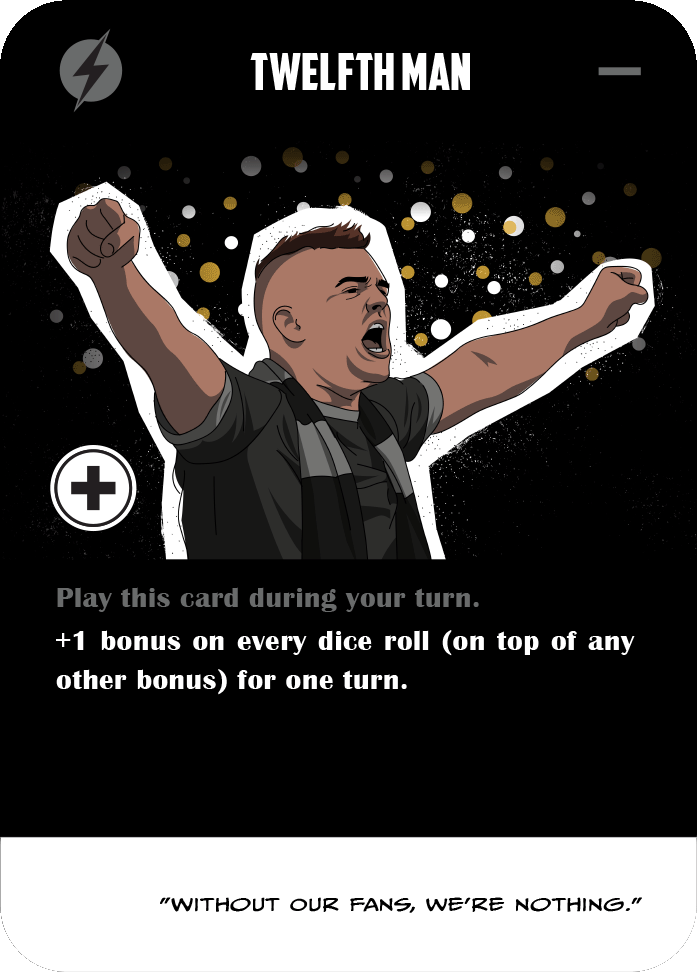
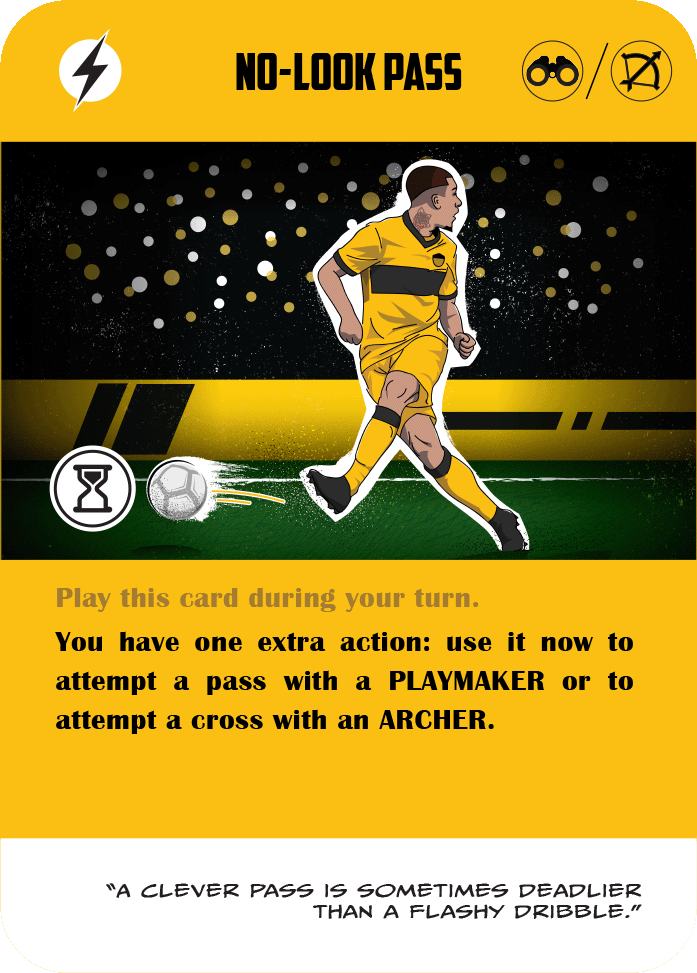
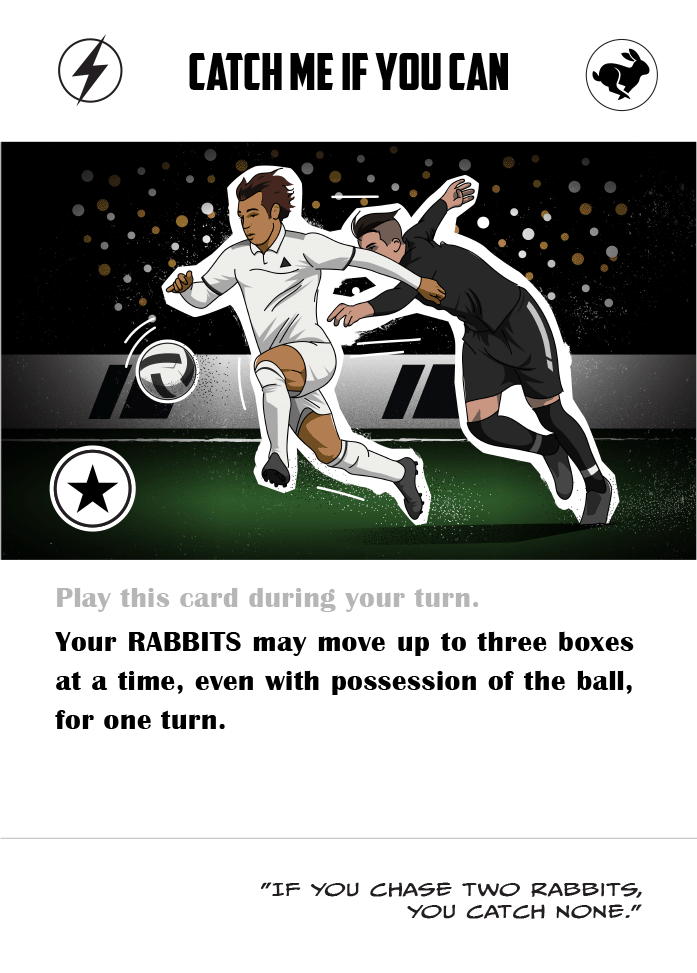
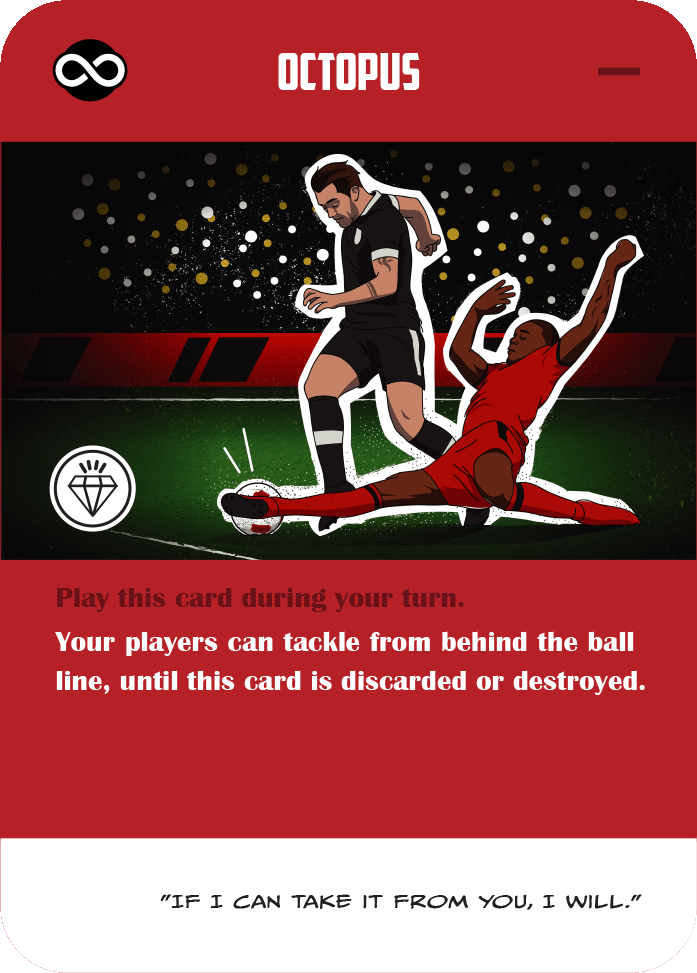
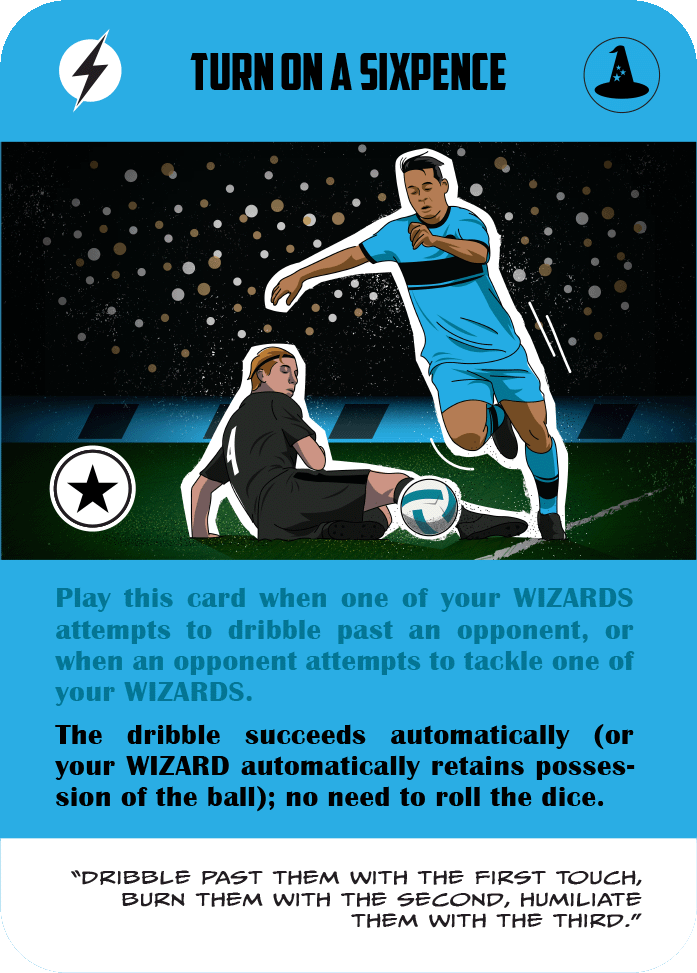
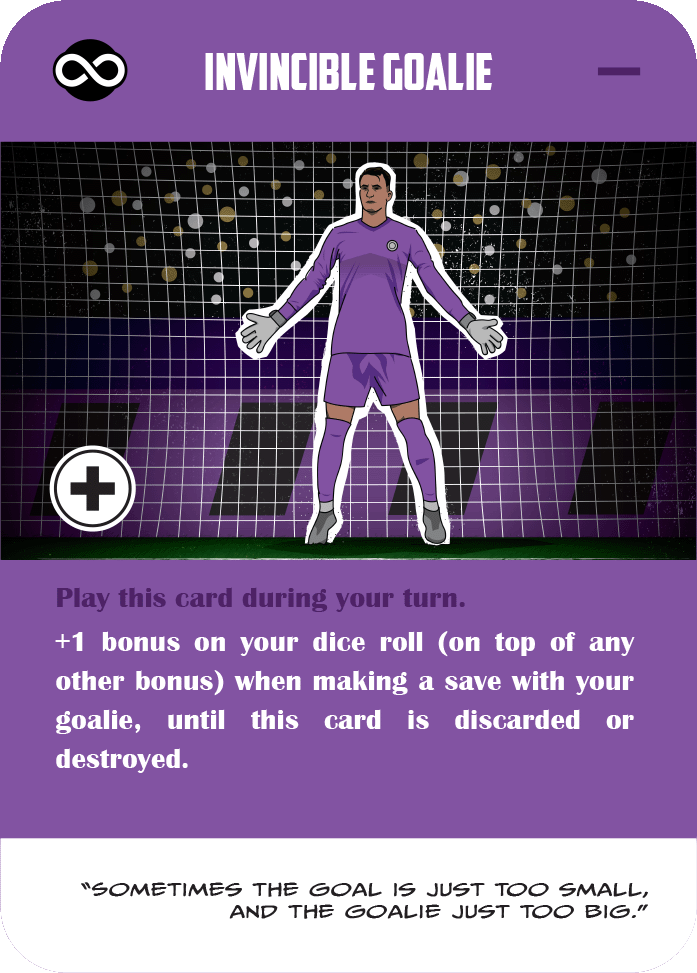
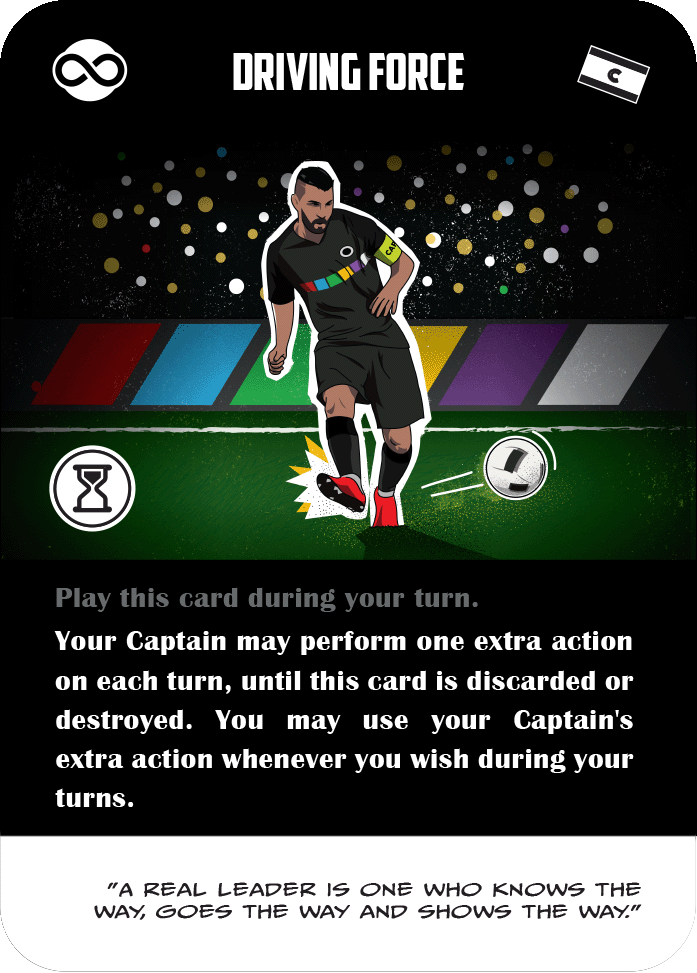
Unlocking Und1c1’s Strategic Depth: The Surprisingly Pivotal Padlocks
I’ll admit it: when I first heard about Und1c1’s padlocks I was sceptical. It sounded like a cute add-on, not a game-changer. But after experiencing their impact firsthand, I’m here to eat my words. These unassuming little locks are a stroke of tactical genius, adding a whole new dimension to the game’s strategic flow.
I was going to give you a quick overview of how the padlocks work and what they bring to the game but after a discussion with my son here are the conclusions we drew.
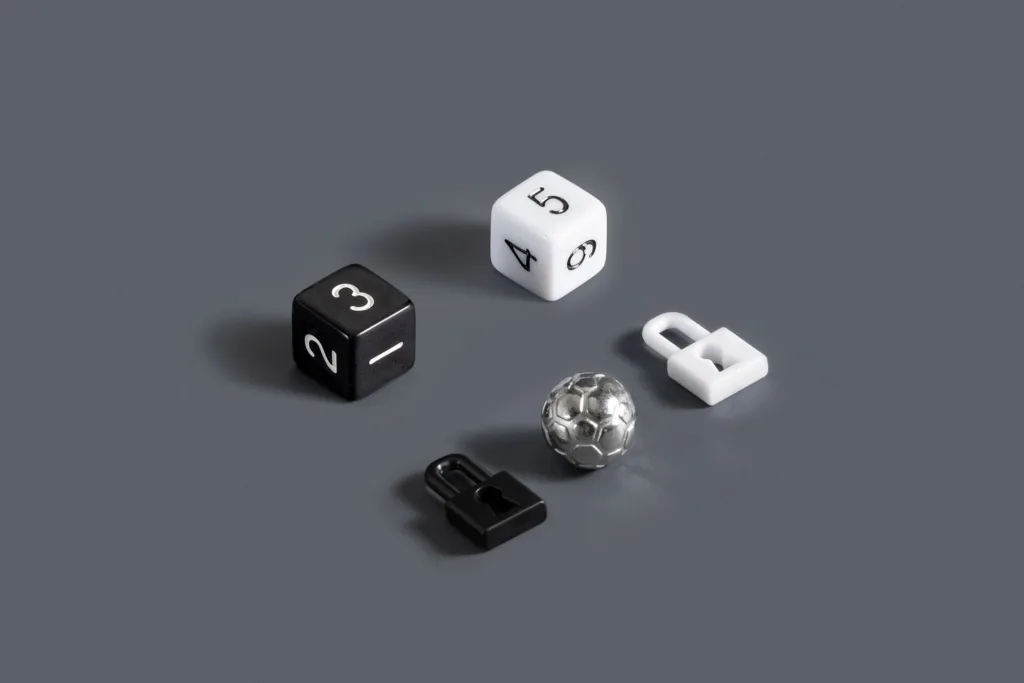
1. Gatekeepers of the Pitch:
Padlocks act as movable obstacles, shaping the field’s landscape and forcing players to adapt their movement and passing strategies. They can block off key lanes, funnel attacks into specific areas, or protect vulnerable zones. No more reckless charges up the pitch—padlocks demand careful planning and execution.
2. Gorilla-Proof Fortresses (Almost):
The white padlock has a unique weakness: Gorillas, those powerhouse players, can simply trample over them, shattering their defensive potential. This adds a fascinating layer of risk and reward to their placement, forcing you to consider your opponent’s player abilities when strategizing.
3. Defensive Dynamos:
Padlocks aren’t just roadblocks—they’re active defenders too. When placed adjacent to an opposing player, they count as an extra defender, adding +1 to your defensive dice rolls. This makes them invaluable for shutting down key threats or protecting vulnerable areas.
4. Playtesting Perfection:
It’s clear that the inclusion of padlocks was a well-considered decision, likely born out of extensive playtesting. Without them, games could easily devolve into frantic back-and-forths with little positional control. Padlocks introduce a welcome element of structure and planning, ensuring that each move carries weight and consequence.
5. Mastering the Lock and Key:
Learning to effectively utilize padlocks is a mark of a true Und1c1 tactician. They offer a wealth of strategic possibilities, from creating unbreakable defensive walls to setting up cunning traps for unsuspecting opponents. Experiment with their placement, anticipate your opponent’s moves and unlock the full potential of these deceptively powerful pieces.
Und1c1 Gameplay
Football board games come in all shapes and sizes, and my son and I have played a fair few, from the cerebral chess-like strategies of Counter Attack to the free-flowing rush of Subbuteo. But Und1c1? It’s something else entirely. It’s tabletop football like you’ve never experienced it before, distilled into a fast-paced, tactical battle where you become the architect of your team’s every move.
Yes, some elements still involve a clunky dice roll and a little luck but so does football. Und1c1, it makes me feel like I’m the maestro, calling the shots for every player on the pitch.
Starting with my formation, do I go for a fluid 4-3-3, a rock-solid 5-4-1, or something else because the formation you choose will impact the game? Your team’s unique skills are my tools to paint a masterpiece on the neoprene green.
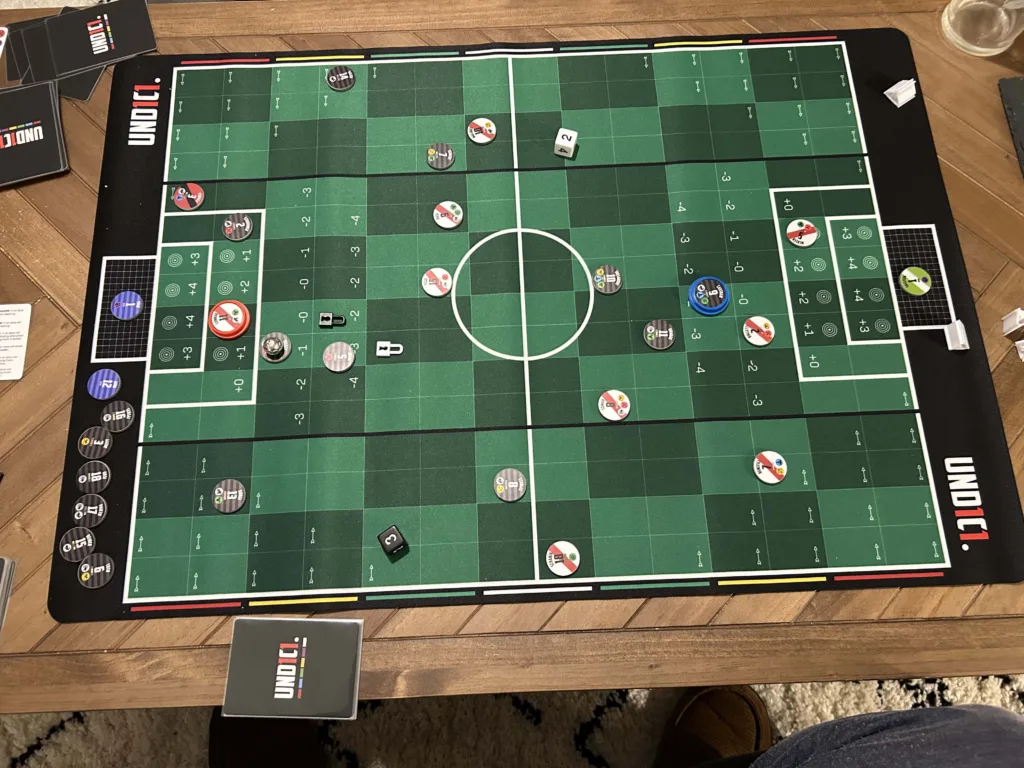
But if the formation is just the canvas then the brushstrokes come in the form of a cunning card, played at the right moment to unleash a surging counter-attack or a pinpoint cross that leaves the defence helpless. Every decision, every pass, every tackle hums with a tangible tension, mimicking the ebb and flow of a real football match.
There’s rarely any dice-induced despair here. Every misplaced pass, every intercepted ball, has a story. Just like on the real pitch, it’s often your brilliance that creates your openings in your opponent’s game, and their tactical genius that exposes your vulnerabilities. Long balls demand precision, shots from a distance test your mettle and weaving through packed defences by placing playing cards at the right time, and using the right players in the right places, feels like threading a needle with a leather thread.
Game mechanics
I do not want to explain the mechanics of Und1c1 in too fine a detail, but I will cover briefly several key elements that make the game what it is.
A turn consists of 3 actions. The player kicking must make a pass as their first movement and then will have two other actions and after this, all players have three free actions during their turn.
Movement:
Moving players can be done in several ways, you can move a single player up to two spaces without the ball and one space with the ball, of course, that’s a +1 if your player has the Rabbit symbol.
Players can be moved omnidirectionally provided you do not change direction during a move, which means that you never feel stuck or trapped with nowhere to release the ball. You can move backwards to go forwards, passes can be sent anywhere which means counter-attacking is a real thing, in a board game!
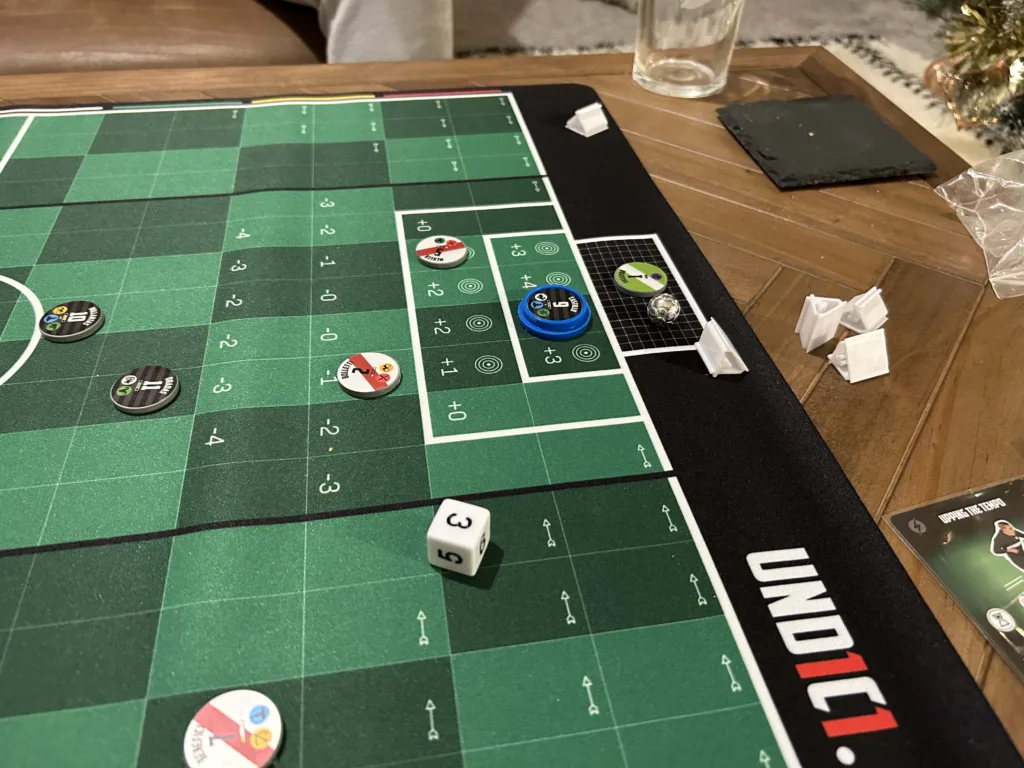
You can also move an entire row of players as one action. This means that the match flows and players move around the pitch quite freely. The rules for moving a row are the same as a player, they must move in the same direction, and each player can move according to their rules, for example, a Rabbit can move three boxes whilst the ball carrier can only move one. You also don’t have to move all the players in the row.
This is the beauty of the movement in Und1c1 and is the reason the game flows so well. There are a lot of changes each turn and your momentum can press the opponent’s defence from your backline in a moment, the same is true for your opponent too so keeping your shape is as important as in real football.
In other football games movement is often the thing that makes it feel like a board game, in Und1c1 it’s the very thing that makes it stand out.
Passing/Dribbling/Tackling:
For brevity, I will cover passing, dribbling and tacking in one section as there are similar mechanics and penalties at play.
To pass the ball from one player to another you count the number of quadrants between you and the player you want to make the pass to, then add plus 1 for each player marking the receiving player and then roll the dice. Rolling higher means a successful pass a lower number means the pass fails and the ball passes to the nearest opponent. Bonuses on the player passing and cards played will affect the result too but at this point, the passing player’s turn ends, they position padlocks and draw a card but their turn is done.
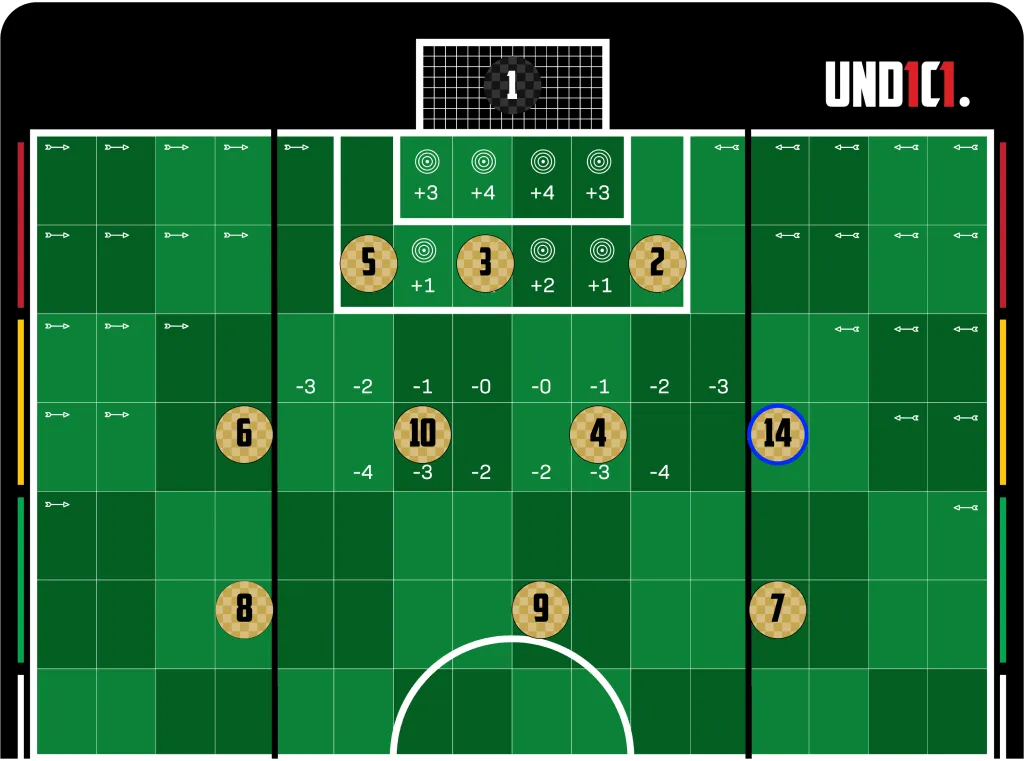
When you attempt to pass a player by dribbling the penalties come not from the distance but from the number of opponents around the player with the ball. Bonuses and cards played will also affect the result of the dice. Once all of these are considered the two coaches roll their dice and the higher number wins. This time however, if the dribble fails, the ball passes to the player who was attempting to be passed, the two players switch position, and you have to flip your chip meaning you cannot take any actions with this player on your next turn!
Tackling is handled in the same way as Dribbling except the player must be in front of the player with the ball in one of the boxes adjacent to the player. Both coaches roll a dice, bonuses are taken into account and the player with the highest score ends up with the ball. If it’s the tackling player they take the ball, swap places and the tackled player is flipped and if the tackle fails the same happens to the opposition.
Crosses and shooting:
Regardless of how you think you are going to play Und1c1, you will end up feeding the ball to the wings whilst you make a move into the box with a striker to receive a cross.
I know this because THAT’S HOW REAL FOOTBALL WORKS!
You will take shots from outside the box, and you will sometimes pass in from the centre but the board is set up to make crosses into the box the king move.
On the left and right wings, the board has Arrow symbols, get the ball onto one of these boxes and you can cross the ball into the box. The same simple mechanic of counting the quadrants lets you know what you need to succeed and then you calculate the bonuses and penalties, for example, a cross is attempted over 3 quadrants, so you need to roll a 3, and the player crossing has a black Archer +2, meaning you only need to roll a 1, however, the receiving has a player adjacent and the black padlock, -2 and because it’s a cross the Goalkeeper counts as a marking player which is another -1. So far you need to roll 4 to make a successful cross, so you play a card, Assist with means +2. Finally, you only need to roll 2 for the cross to succeed.
The best thing about Und1c1 is that it took me over twice as long to explain as it does to complete the action in the game.
Shooting is handled in the same way, however, there are # markings on the pitch and you can take a shot from any of those spaces. The penalties and bonuses are printed directly on the space with the # mark and you apply them and remove them in the same way as you do with all other actions.
Saving works at the same time as the shot and believe me, when someone is taking a shot you know exactly what you need to score and as the keeper, you will have already worked out what you need to do to save the shot and again, you can play cards if you have them.
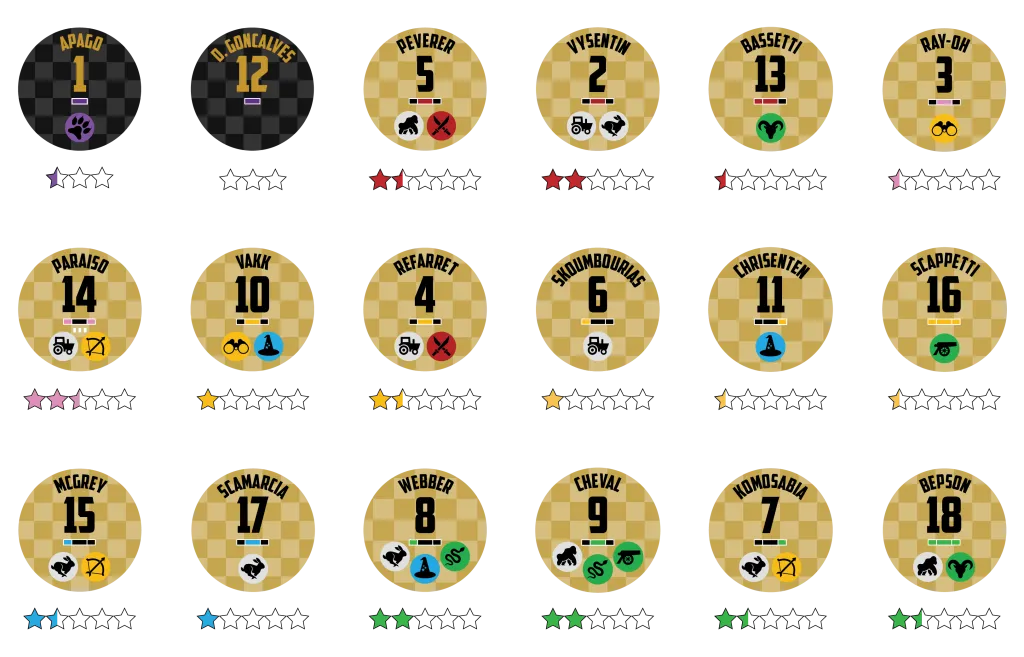
Scoring
If the shot is successful players reset and the conceding player kicks off. However, if the shot is saved you take up to 3 single-player movements or group movements, you can use your rabbit players as normal but don’t get to move a tractor at the end of the turn.
The other player then gets to make three moves or group movements, again, following the rules for the rabbit but not the tractor and then play moves back to the player with the ball who takes their first turn by passing the ball into play.
In Summary
The beauty of Und1c1 lies in its authenticity. It rewards those who understand the beautiful game, who know the weight of a well-placed through ball, the poetry of a perfectly timed tackle. Build momentum, exploit space, and play with passion, and victory will be yours. Forget abstract strategy games; Und1c1 is football, distilled and bottled, ready for you to uncork on your tabletop.
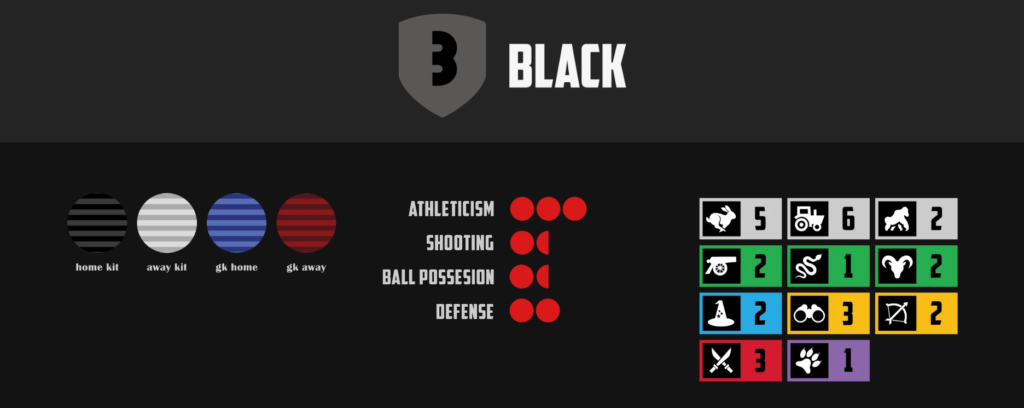
Playing it is like no other tabletop football game, it has the feel of real football, and the movement and pace of the game are staggering but it manages to still be a tactical game of cat and mouse.
Peeling players away to draw defenders to them so you can make a run to the box to gain a shooting position or drawing the attack in and robbing the ball for a counterattack is why you feel like you are playing the whole team.
Und1c1 feels like playing Fifa, the addition of the cards to gain an edge and the padlocks to force restrictions in movement, the formation you choose and the set-up of your team all impact what you can do on the pitch. This is football in a box and it’s wonderful.
So, if you’re looking for a football board game that feels like a genuine match, where every decision echoes on the virtual pitch, Und1c1 is your calling. It’s not just a game; it’s a symphony of footballing tactics, waiting for you to conduct.
